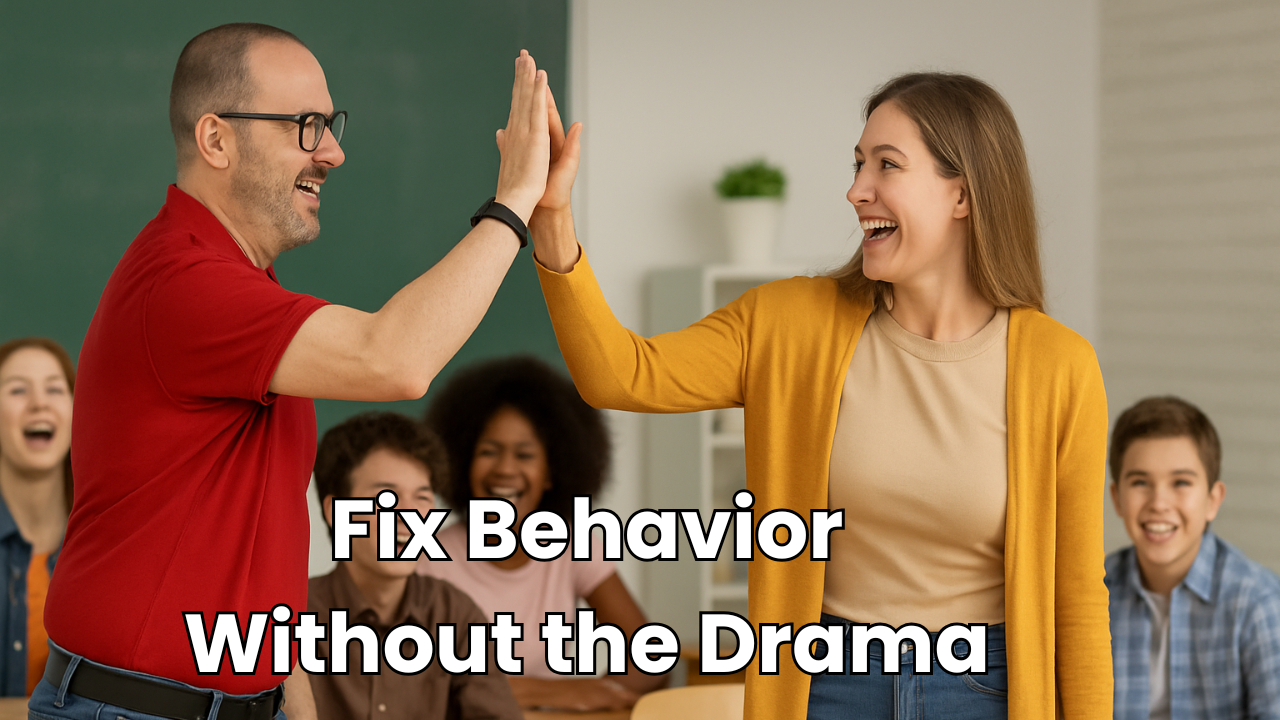
Introduction
Listening comprehension is one of the most critical yet challenging skills for language learners. Students often struggle to keep up with the pace of native speech, decode unfamiliar words, and process meaning in real-time. Traditional listening exercises, such as answering multiple-choice questions after listening to a recording, do little to help students develop real-world comprehension skills.
Comprehensible Input (CI) strategies, when used effectively, train students to listen for meaning, process language in natural chunks, and develop listening stamina so they can keep up with authentic speech. These strategies not only make listening more accessible but also significantly improve retention and student engagement.
This article introduces ten advanced but easy-to-implement techniques that will transform how students engage with listening. These strategies focus on building comprehension naturally, reducing anxiety, and making listening a skill that students feel confident about. With the right approach, students will listen with greater accuracy and ease.
Teaching Students to Chunk Language Instead of Translating Word-for-Word
One of the biggest obstacles to effective listening is when students try to translate every single word rather than processing phrases as units of meaning. This slows them down and makes it nearly impossible to follow native speech. Instead of focusing on individual words, students need to recognize patterns and common phrases to improve their fluency.
A simple way to achieve this is through the "pause and predict" exercise. The teacher plays a sentence but pauses before the last word, asking students to guess what might come next. This trains them to process language based on meaning and structure rather than individual words. Another method is narrow listening, where students hear multiple versions of the same phrase with slight variations. For example, a teacher might have students listen to different sentences using the same grammatical structure, such as "Ayer fui al parque," "Ayer fui al cine," and "Ayer fui a la tienda." This repetition helps them recognize patterns and anticipate meaning without translating word-for-word. Backward build-up listening is another effective method. Instead of having students process an entire sentence at once, the teacher plays only the last part, then gradually adds the preceding words. This method strengthens their ability to hear language in chunks rather than as separate, disconnected words.
Building Listening Stamina Through Gradual Exposure
Many students tune out after just 10 to 15 seconds of listening because they get overwhelmed. Their brains struggle to keep up with the rapid flow of information, leading to frustration and disengagement. To help students sustain focus, it’s essential to build their listening endurance gradually.
One effective way to do this is to start small. Instead of playing a full minute of audio, the teacher plays only a 10-second clip, checks for comprehension, and then slowly increases the length. This approach ensures that students stay engaged and do not feel overwhelmed. Task-based listening is another useful method. Instead of answering comprehension questions, students complete a task while listening. They might identify repeated words, write down key phrases, or act out what they hear. This keeps them actively engaged in the listening process.
Another great strategy is the "listen and draw" activity, where students listen to a short description and draw what they hear. This method forces them to process meaning rather than focus on isolated words. As their confidence grows, teachers can increase the complexity and length of the audio clips they use.
Using Visual and Contextual Clues to Aid Comprehension
Students often struggle with listening because they believe they must understand every single word. However, comprehension can be significantly improved when they learn to rely on visual and contextual clues instead. Teachers can use multiple techniques to help students grasp meaning without needing complete understanding.
One effective method is silent viewing. Students watch a short video clip without sound and predict what is happening. Then, they watch it again with audio and compare their predictions. This helps them rely on visual cues before integrating spoken language. Image matching is another powerful tool. Students receive a set of pictures and listen to an audio clip, then match the pictures to what they hear. This reinforces the idea that comprehension comes from recognizing familiar elements rather than translating word-for-word.
Story sequencing is also highly effective. The teacher provides images or phrases in a scrambled order, and students must rearrange them based on what they hear. This keeps them engaged and encourages active processing rather than passive listening. When students learn to use context and visuals to aid comprehension, their confidence and ability to understand spoken language improve dramatically.
Training the Ear to Distinguish Similar-Sounding Words
One reason students struggle with listening is that many words sound similar, especially when spoken quickly. To train the ear to recognize subtle differences, teachers can introduce activities that help students focus on phonetic distinctions.
Minimal pairs practice is a simple yet effective exercise. The teacher provides words that differ by only one sound, such as "pero" and "perro" or "casa" and "caza." Students listen carefully and identify the correct word based on pronunciation. Another useful technique is the listening grid. The teacher creates a chart with categories such as "words about food" and "words about clothing." As students listen to different words, they categorize them correctly.
"Spot the difference" activities are also helpful for refining listening skills. The teacher reads two nearly identical sentences, and students must identify what changed. For example, they might hear "Voy a la playa" in one sentence and "Voy a la plaza" in another. Training students to recognize these small but crucial differences strengthens their ability to understand spoken language with greater accuracy.
Making Listening More Interactive and Engaging
Listening becomes much more effective when it is interactive. Instead of treating listening as a passive skill, teachers can turn it into an active process that engages students. One highly engaging technique is running dictations, where the teacher places sentences around the room. One student listens, memorizes the sentence, and then runs to tell their partner, who writes it down. This makes listening a collaborative and energetic activity.
Another fun approach is the "mystery voices" exercise. The teacher records different people speaking and has students guess who is speaking based on tone, accent, or content. This helps train students to recognize different speech patterns and process meaning quickly. Songs can also be powerful tools for listening comprehension. Students listen to a song and fill in missing lyrics, reinforcing their ability to catch specific words and phrases in spoken language.
Conclusion
Listening comprehension does not improve simply by exposing students to spoken language. It requires intentional strategies that make input comprehensible, engaging, and low-stress. By implementing these ten techniques, teachers can help students develop confidence in their listening skills, sustain focus for longer periods, and retain language more effectively.
Instead of feeling overwhelmed by fast speech, students will begin to recognize patterns, predict meaning, and distinguish important details naturally. These strategies allow students to engage with listening in a way that is both effective and enjoyable.
If you're looking to assess your skills and find out how well you're implementing CI strategies in your classroom, take the CI Proficiency Quiz at https://imim.us/ciquiz. This will give you insights into your current strengths and areas for improvement so you can continue to refine your teaching approach.
Helping students master listening comprehension is not about testing their ability to hear words; it’s about equipping them with the tools to process language meaningfully. With these strategies, students will move beyond struggling to catch individual words and instead become confident, proficient listeners who can engage with spoken language naturally and effortlessly.
Key Takeaways:
✅ Train students to chunk phrases, not translate word-for-word.
✅ Build listening stamina with progressively longer audio.
✅ Use visuals, gestures, and context to aid comprehension.
✅ Make listening interactive with movement-based tasks.
✅ Reduce anxiety by normalizing partial understanding.



